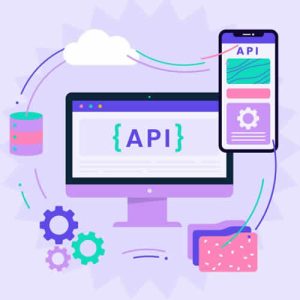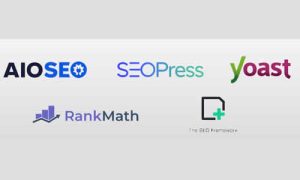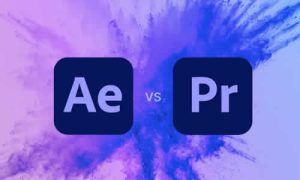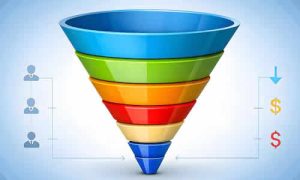Creating effective campaigns in Google Ads is a crucial step for any business looking to increase its online visibility and attract new customers. With the right approach, it is possible to maximize return on investment (ROI) and achieve significant results. In this article, we will analyze the best practices for developing campaigns that truly work.
Understanding Google Ads
Google Ads is a powerful digital advertising tool that allows businesses to promote their products and services across a vast network. Understanding how this platform works is fundamental. Ads appear in search results, partner websites, and even in apps, offering a wide range of options to reach your target audience.
Defining Clear Objectives
Before launching a campaign, it is vital to define clear objectives. Ask yourself: what do you want to achieve? Increase sales? Generate leads? Improve brand recognition? Having specific goals will help shape your campaign strategy and measure success.
Keyword Research
Keyword research is one of the pillars of an effective campaign. Using tools like Google’s Keyword Planner can help identify what terms your audience is searching for. Choosing relevant keywords with good search volume is essential to ensure your ads reach the right people.
Campaign Structure
A good campaign structure makes all the difference. Organize your campaigns into ad groups, each focused on a specific set of keywords. This allows you to create more targeted ads, increasing the chances of clicks and conversions. Additionally, ensure that each group has a clear and cohesive theme.
Creating Attractive Ads
Ads should be attractive and informative. Use captivating headlines and descriptions that highlight the benefits of your product or service. Include calls to action (CTAs) that encourage users to click. Personalizing the ad to meet the needs of the target audience can also increase the click-through rate (CTR).
Relevant Landing Page
After clicking the ad, users should be directed to a landing page that matches the expectation set by the ad. The page should be optimized, providing a positive user experience. This means it should load quickly, be easy to navigate, and contain relevant information about what was promised in the ad. For more tips on landing page optimization, refer to Google Ads Best Practices Guide.
Monitoring and Adjustments
Once the campaign is live, continuous monitoring is essential. Use Google Ads analysis tools to track ad performance. Pay attention to metrics like CTR, cost per click (CPC), and conversions. Based on this data, make regular adjustments to improve results.
A/B Testing
A/B testing is an effective technique for optimizing campaigns. Experiment with different versions of ads and landing pages to see which yields better results. This approach allows you to identify what works and what doesn’t, continuously improving your strategy.
Reflection on Google Ads Campaigns
Creating effective campaigns in Google Ads requires planning, research, and monitoring. By following best practices, businesses can not only increase their visibility but also effectively acquire new customers. With dedication and constant analysis, success is within reach.















